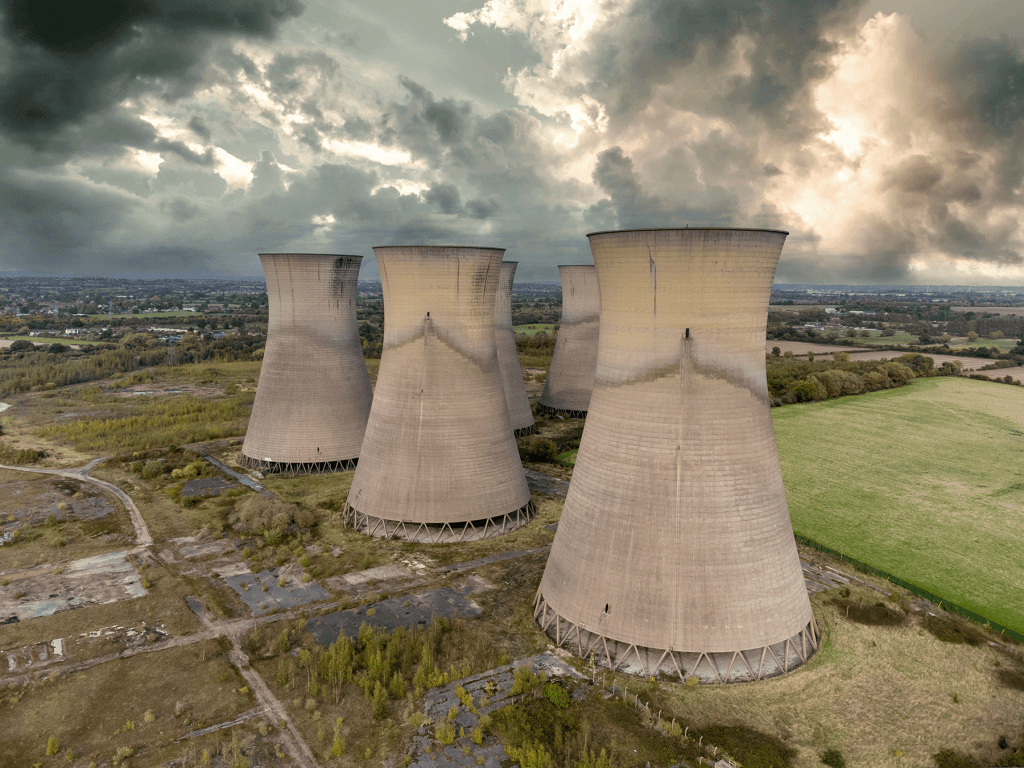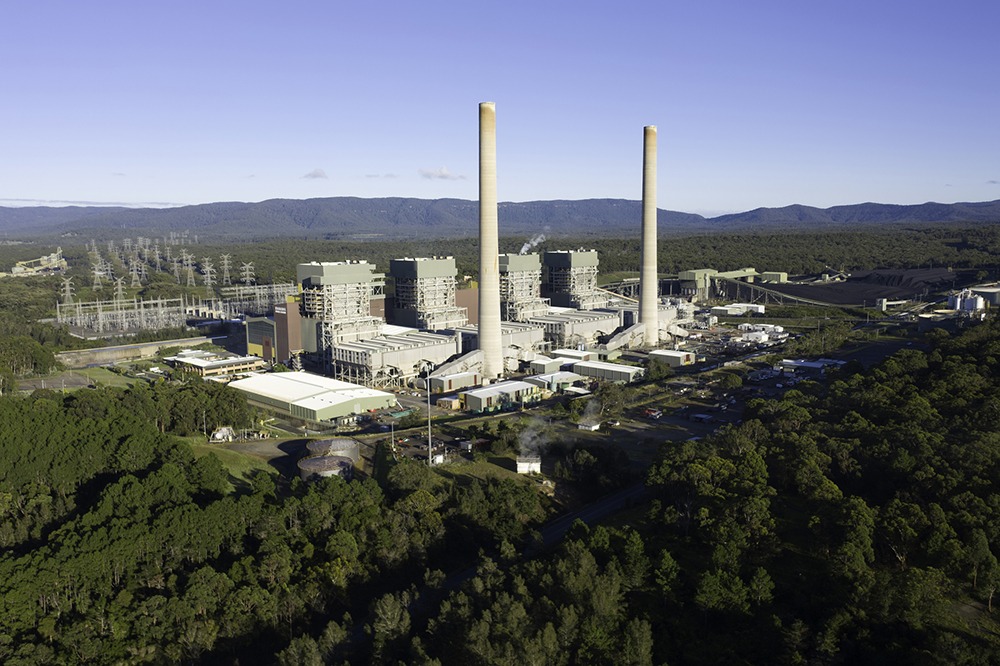


On the 7th of March, the National Grid’s Electricity System Operator (ESO) connected two coal units at EDF’s West Burton coal plant to the grid in order to meet increased peak demand following sub-zero temperatures. However, the rapid synchronisation of legacy or idled power plants presents a significant operational risk, according to an expert in flow control solutions for the power industry.
Jackie Hu, Managing Director at IMI, comments: “The UK is by no means an outlier when it comes to contingency coal power. Indeed, most European economies have paused or reversed planned shutdowns for legacy plants to provide a reactive resource in the event of a surge in gird demand, as we saw in the UK in early March this year.

“Worryingly, the ongoing geopolitical issues which have dominated the energy markets throughout 2022 remain unresolved, and developing a long-term plan for diversification of supply will take time. However, it is important to acknowledge that legacy power plants were not designed to provide rapid, short-term relief. Doing so on a regular basis – which is a distinct possibility given the fragility of supply and normalisation of unseasonal cold spells – could present a wide range of operational and maintenance challenges if the process is not carefully managed.”
In September 2022, Germany extended the operation of its hard-coal-fired power plants until March 2024, while France restarted the Emile Huchet coal power plant in October – just six weeks after initially closing it. Austria, Bosnia and Herzegovina, Demark, Finland, Greece, the Netherlands, Poland, Serbia, and Spain are among the other European countries to reconsider policies around the use of coal for mainstream power generation.
While mild temperatures throughout the winter resulted in most coal-fired plants remaining on standby, the impact of the sudden sub-zero temperatures felt across the UK in March highlighted the fine margins faced by grid operators.
With no guarantee of either a resolution to the geopolitical factors or an equally mild 2023-24 winter, Mr Hu is encouraging plant operators to increase proactive maintenance around critical components such as safety, shut-off, and control valves.
“Coal-fired plants are not designed for rapid synchronisation. However, the reality is that they may have to be used in that way, especially over the next 12 to 18 months. Given that many plants have been earmarked for closure in the not-too-distant future, the temptation for asset managers may be to keep any maintenance or investment activity to a minimum. However, doing so could result in critical component malfunction and a potential synchronisation failure,” he continues.
“While there is an overarching ambition to reduce reliance on coal, especially as part of net zero commitments, the reality is that until there is greater capacity for renewable power, coal will remain in the energy mix. At the very least, asset operators must prioritise a plant’s ability to meet short-term demand to mitigate against failure in critical moments.”
Mr Hu concludes: “Ultimately, the operational capacity of legacy systems should not be taken for granted, especially when plants are being asked to synchronise at speeds beyond their original design remit. However, a proactive approach to the maintenance, repair, or replacement of core components will give operators the best chance of meeting any future reactive grid demands.”
For more information, please visit our power section.



